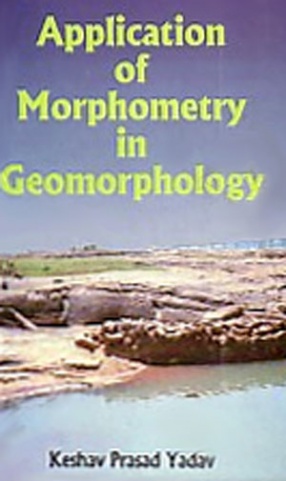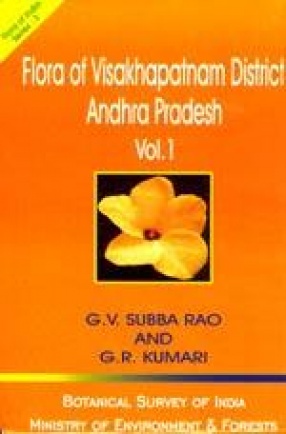The recent years considerable conceptual changes have taken place in geomorphology. Sophisticated quantitative or morphometric techniques have been evolved to analyse the dynamic nature of earth form. Various morphmetric techniques through statistics are becoming more and more useful to geomorphologists to analyse the landscape. The term MORPHOMETRY is used in several disciplines to mean the measurement and analysis of form characteristics. In geomorphology Morphometry is applied to numerical or mathematical examination of landforms which may be more properly termed GEOMORPHOMETRY.
The study of morphometry has been a rapid progress in American and European countries, the fellow up of this trend in India is only a recent origin and progress has been comparatively slower. In recent decades morphometry has earned a new momentum, when it is concerned mainly with intensive analysis of small morphological units notably drainage basins and provides a sound footing to this discipline. This book deals with morphometic analysis of the Brahmani Basin and deduce, therefrom, the suitability and significance of the techniques as well as the geomorphic evolution of the Basin as a whole. Both morphometic and field techniques including statistical methods like measures of central tendency, correlation, simply and multiple regression and logarithmic regressionj have been described and of all of them have been suitably applied providing a guide line to researchers and persons of academic interest. Through out the volume, explanation is closely linked with exemplification by reference to real situations. This book has over all covered a new idea in Quantitative Geomorphology.





There are no reviews yet.